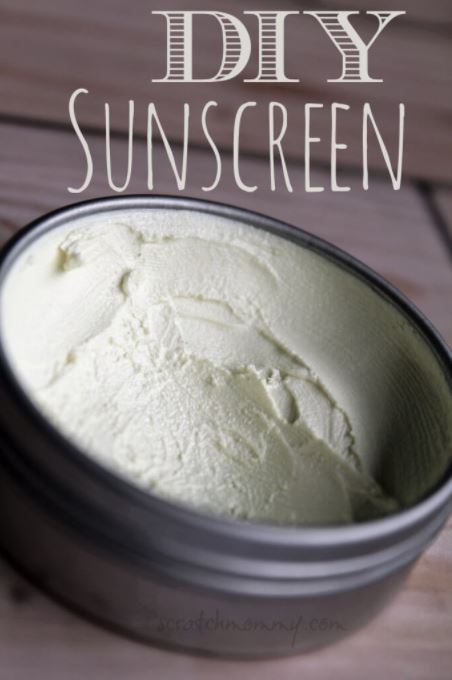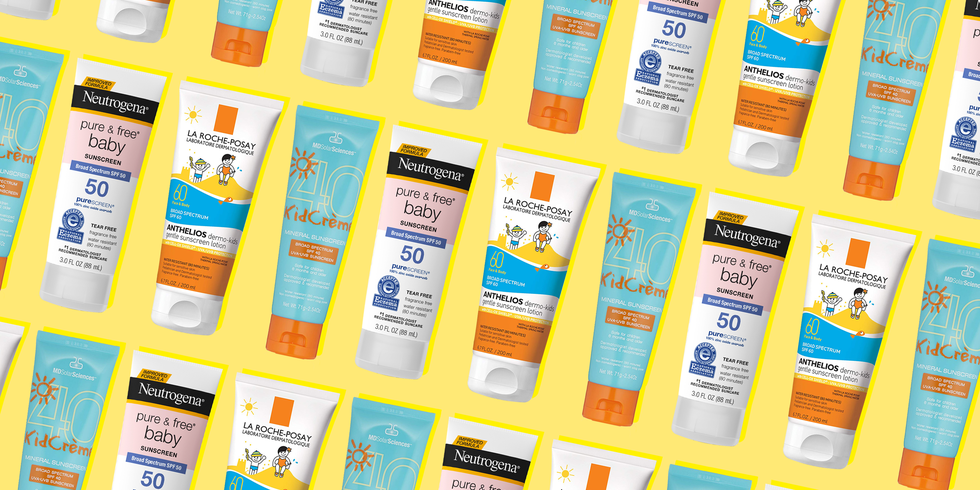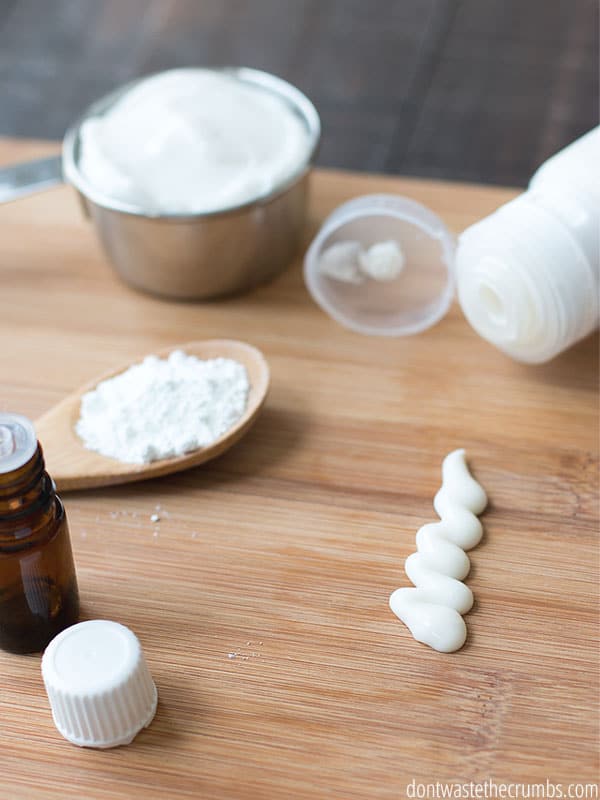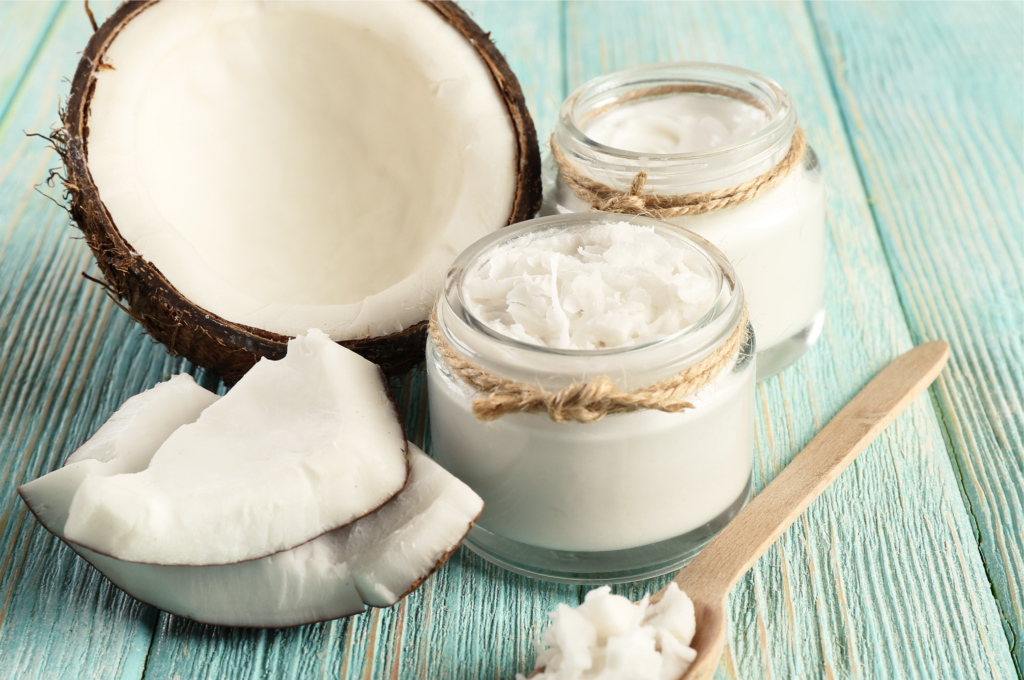
At the lake during the summer, you never want to venture outside without sunscreen. We’ve all experienced the consequences of failing to do so. A painful burn, sometimes one that’s uneven due to haphazard sunscreen application, is never fun. For many, the consequences are even more severe. According to the American Academy of Dermatology, one in five Americans will develop skin cancer in their lifetime. So, to avoid that painful sting and a trip to the pharmacy for aloe vera, it’s best to apply sunscreen every time and do it right. This includes knowing the rules of SPF, how much to use, and when.
Now that we’ve established the importance of sunscreen, the type of sunscreen you wear is up to you. There are pros and cons to each. Mineral sunscreen is topical, so it washes off quickly, but you avoid the possibility of chemicals in the bloodstream. By contrast, chemical sunscreen gets absorbed into your skin, and while it lasts longer, it’s less natural. However, there’s also a third option — DIY sunscreen. Whether you’re looking to save money, avoid the store, or explore natural sunscreen ingredients, DIY sunscreen can be a great option. But before applying your homemade concoction on a sunny day, it’s essential to know the basics. Today, we’ll be going over the risks, benefits, and must-have ingredients for creating your own sun protection.
How Will My Sunscreen Work?

First and foremost, DIY sunscreen is not simply a craft project to take lightly. A lot is at stake when it comes to skincare, so it’s important that you create an effective sunscreen. It must have a Sun Protection Factor (SPF) of at least 30, and it must cover both UVA and UVB rays (known as “broad spectrum” sunscreen). An understanding of sunscreen mechanisms is also essential. Basically, they work by scattering or absorbing these harmful UV rays so they don’t penetrate and burn your skin. The sunscreen you create will need to do this effectively.
What Ingredients Should I Use?

When creating your own sunscreen, you need to use ingredients powerful enough to block this broad spectrum of UV rays. So, how do brand sunscreens do this? For sunscreens to be approved by the FDA, they need to include titanium oxide or zinc oxide. Beyond this, they may contain various additional ingredients — some to endorse and some to avoid. For example, steer clear of sunscreen that includes insect repellants or strong fragrances. When making your own DIY sunscreen, include one of these two FDA-approved chemicals and skip on anything you don’t want on your skin.
What Recipes Can I Follow?

If you google “DIY sunscreen” online, you’ll find a variety of different mixtures, mainly from bloggers, detailing their creations. However, it’s hard to know which ones will actually provide decent sun protection. An online magazine, Healthline, compiled a list of tried-and-true recipes that you can create at your lake house. Straight from their expertise, check it out below:
- ¼ cup coconut oil with SPF 7
- 2 or more tbsp. powdered zinc oxide
- ¼ cup pure aloe vera gel that is 50% or higher
- 25 drops of walnut extract oil
- 1 cup of shea butter
Although aloe vera is typically conceptualized as a sunburn treatment, this ingredient helps prevent sunburns as well. Additionally, the walnut extract adds an organic fragrance while the shea butter creates a smooth texture. Keep in mind that it’s not waterproof (most DIY sunscreens will not be waterproof), so you’ll need to re-apply frequently. To create a spray version, just take out the shea butter. If you need sunscreen for oily skin, substitute coconut oil with jojoba oil or sweet almond oil — these two ingredients will not cause as much oil buildup on the skin.
For other DIY sunscreen recipes, check out Don’t Waste the Crumbs, Wellness Mama, Pronounce Skin Care, and many more. We wish you the best with your recipe, and stay safe out there in the sun!

